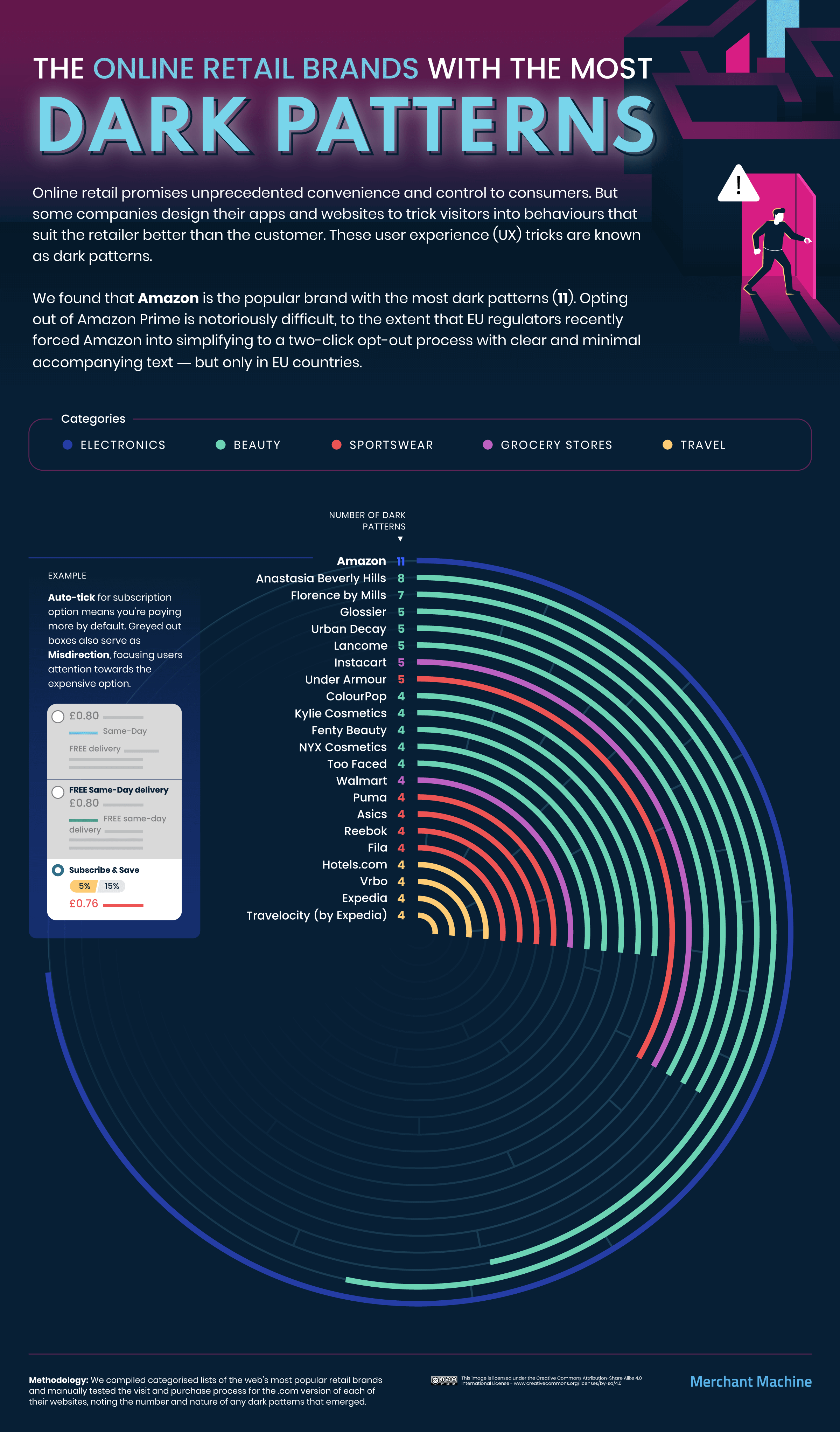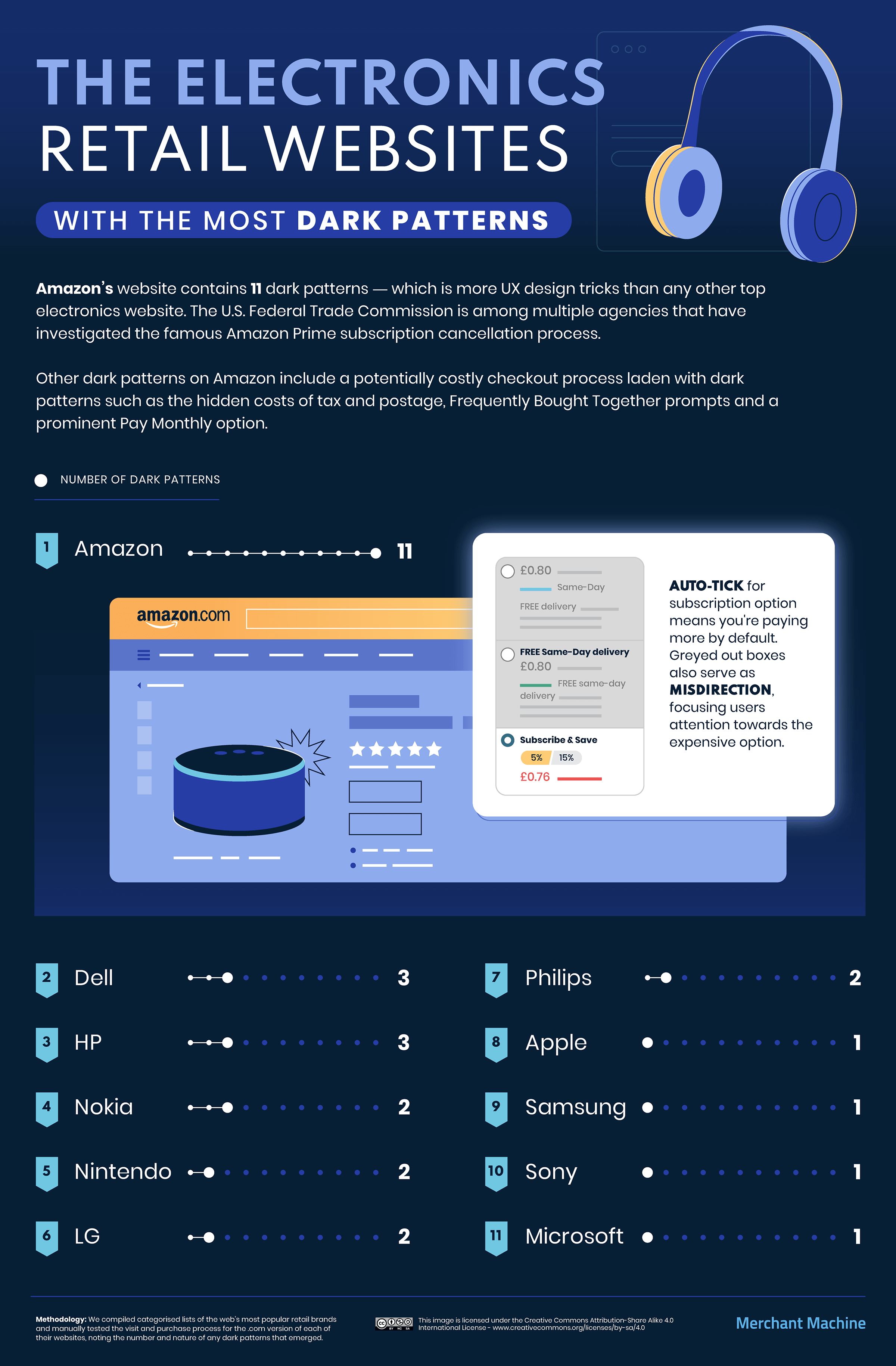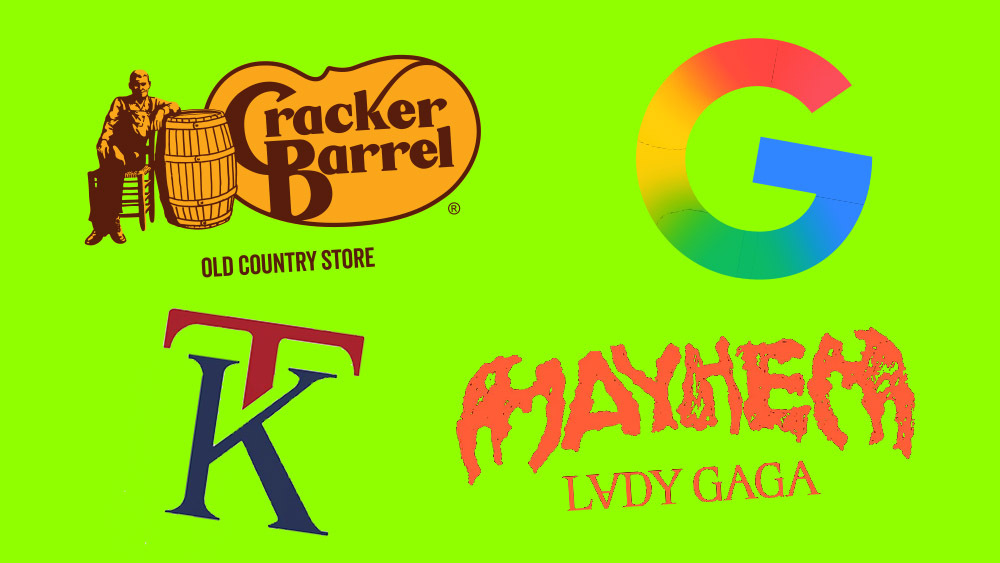Retailers are using sneaky web design to catch you out

Online shopping offers massive benefits in terms of choice and efficiency, but we can't deny that there are downsides that the savvy consumer needs to navigate. We've all come across misleading language, hidden costs or confusing subscription offers, and these are just a few examples of the 'dark patterns' that retailers sneak into their user experience (UX) design.
A new report has revealed the most common types of dark patterns that online retailers use – even reputable big names. These practices can try to lead you into buying something you don't want or try to make it difficult for you to compare prices to know if you're getting a real deal (one of the reasons we conduct a lot of research when compiling our own buying guides and features like the best Apple deals).

The term dark patterns was coined back in 2010 by user experience UX specialist Harry Brignull, who runs the site deceptive.design. It describes the misleading, intentionally confusing and just plain deceitful tactics that some online retailers build into their UX. These include misleading ads, misdirection and subscriptions. The aim is usually to exploit us subconsciously, taking advantage of our limited attention to get us to spend money, share data or sign up for something we don't want (for a more positive approach to UX, see our own online UX design course).
For this new report, Merchant Machine surveyed 72 online retailers, and followed the user journey to checkout counting all the examples of dark patterns they encountered on the way. It made the infographic above, which show the most common dark patterns used, including 'privacy zuckering' (named after Meta's Mark Zuckerberg) and trick questions. It also measured which sites were the worst offenders.


The results of the report are disappointing but perhaps not surprising for anyone who's shopped online lately. While beauty retailers were found to use the most dark patterns, tech retailers including Dell, HP and Amazon were far from innocent.
On Amazon, the dark patterns identified include the placement of an automatic tick in an Amazon Prime subscription box with the other options greyed out, making it harder not to sign up than to sign up. The retailer was also found to be guilty of ‘confirmshaming’ – pressuring consumers into taking an action via a "last chance" subscription offer at checkout. Meanwhile Dell and HP automatically tick the options to receive marketing information.
The survey shows that while legislation is seeking to make a difference (in Europe, the European Union Digital Service Act bans dark patterns on online platforms), online shopping remains a minefield. It pays to be aware of these tactics to avoid falling for them. It can also be useful to use resources like our own buying guides to compare prices and check you're really getting the best deal from online stores.
Daily design news, reviews, how-tos and more, as picked by the editors.
Read more:

Joe is a regular freelance journalist and editor at Creative Bloq. He writes news, features and buying guides and keeps track of the best equipment and software for creatives, from video editing programs to monitors and accessories. A veteran news writer and photographer, he now works as a project manager at the London and Buenos Aires-based design, production and branding agency Hermana Creatives. There he manages a team of designers, photographers and video editors who specialise in producing visual content and design assets for the hospitality sector. He also dances Argentine tango.
